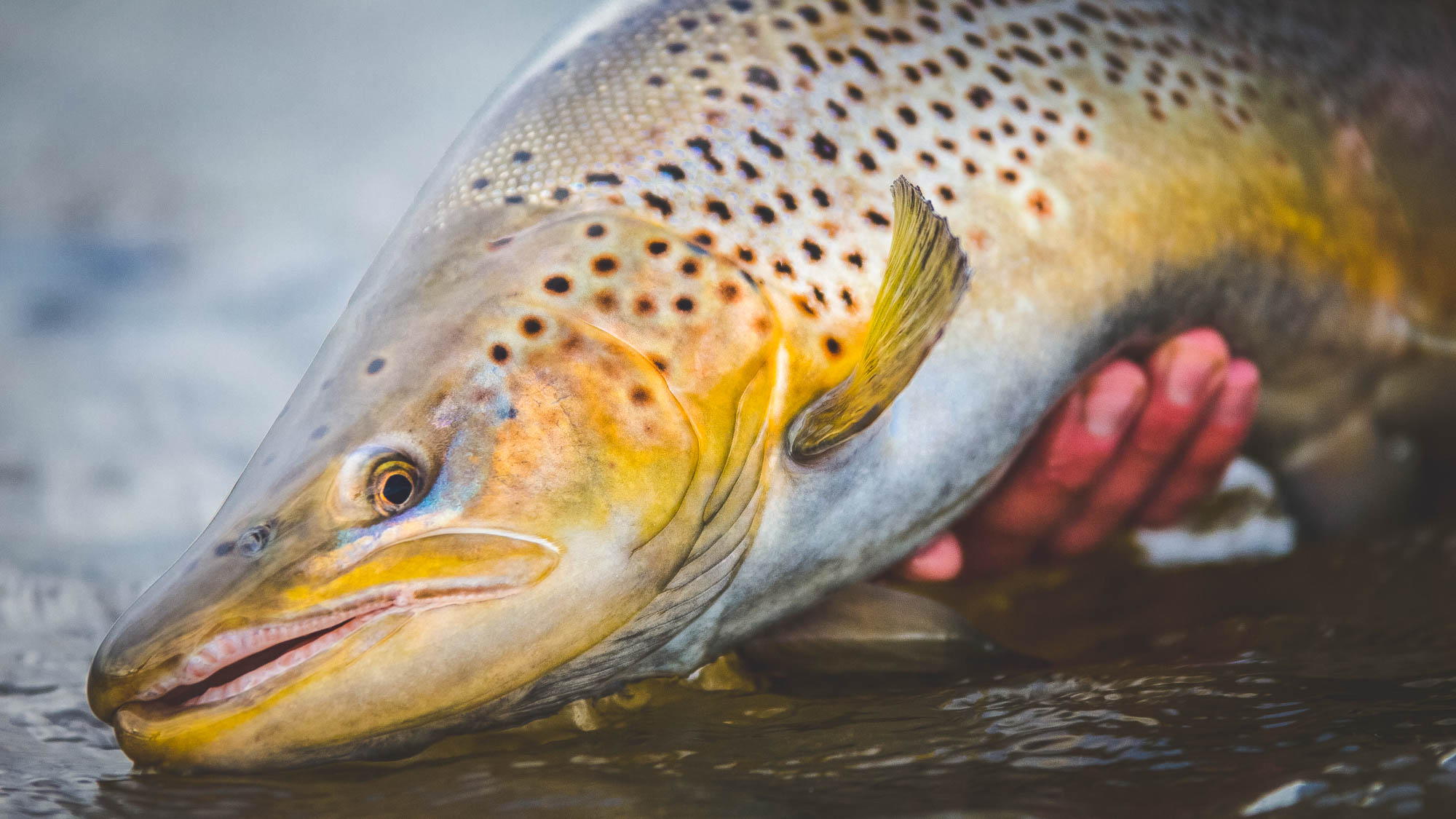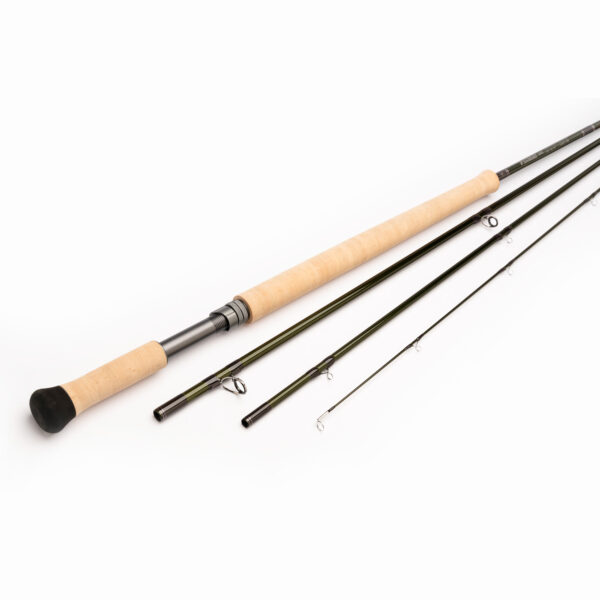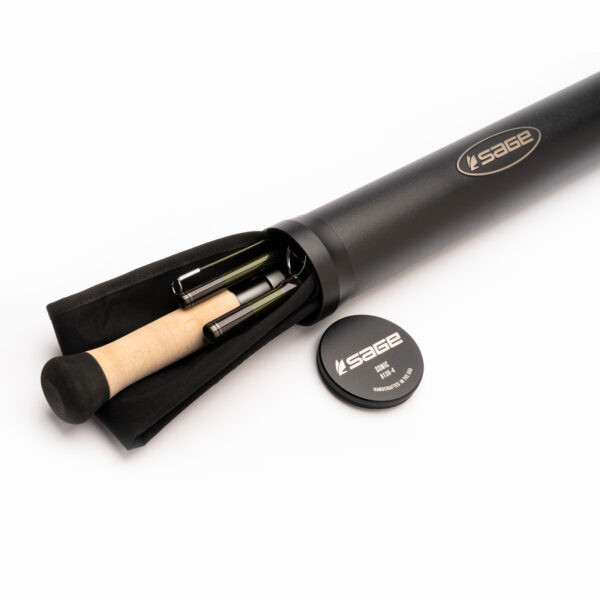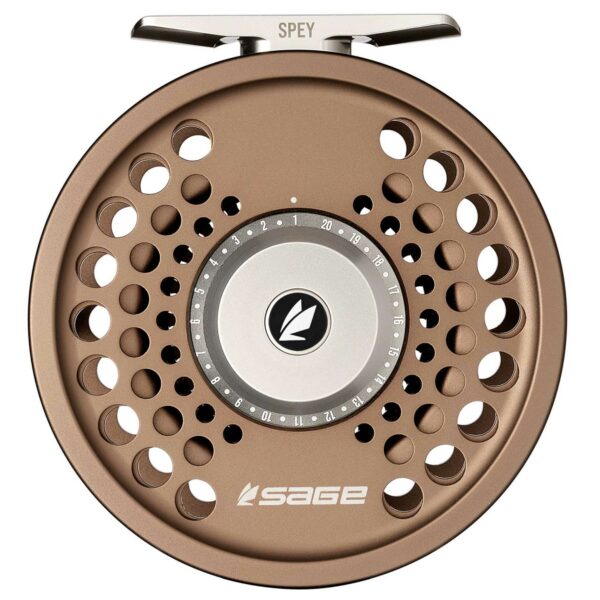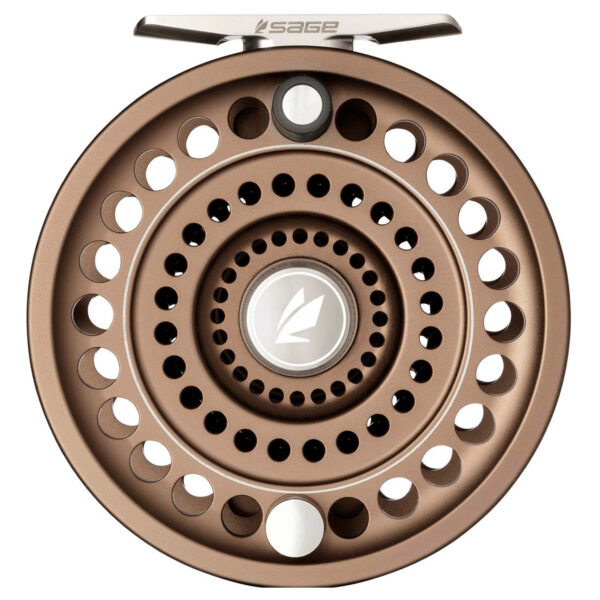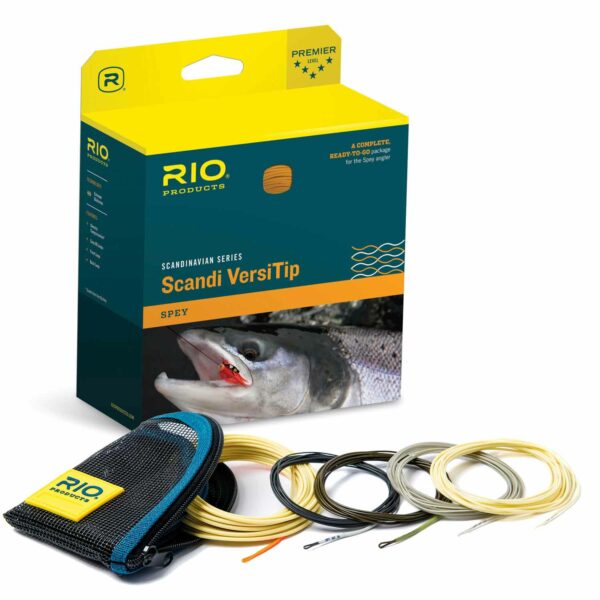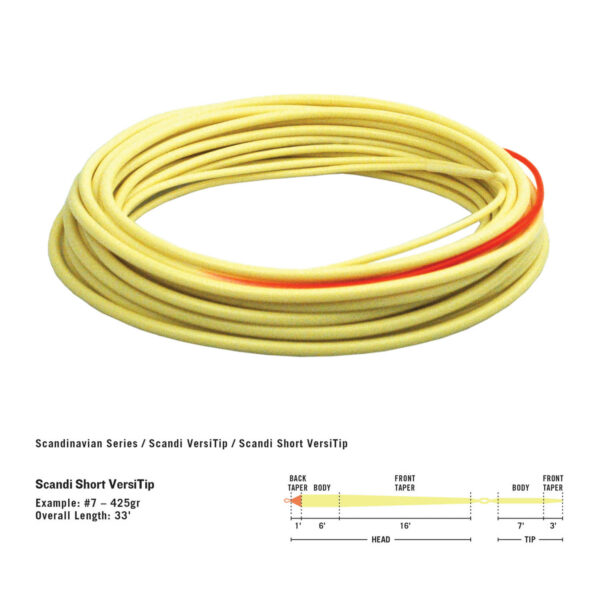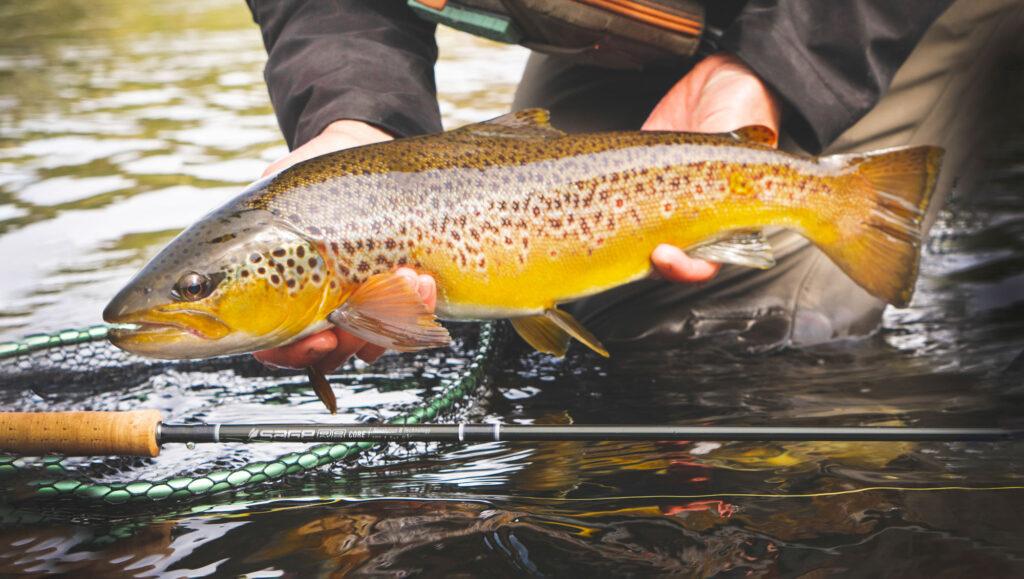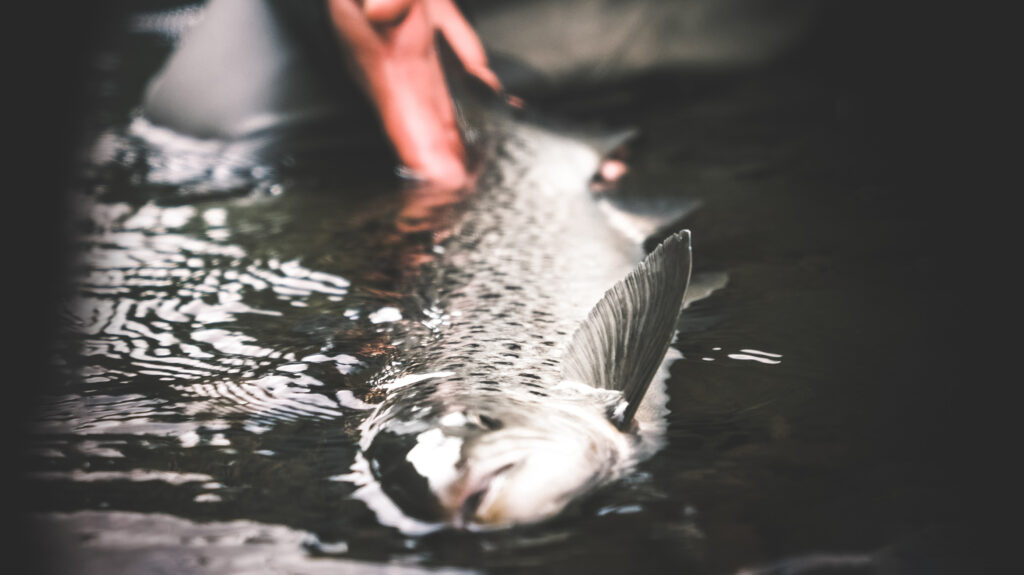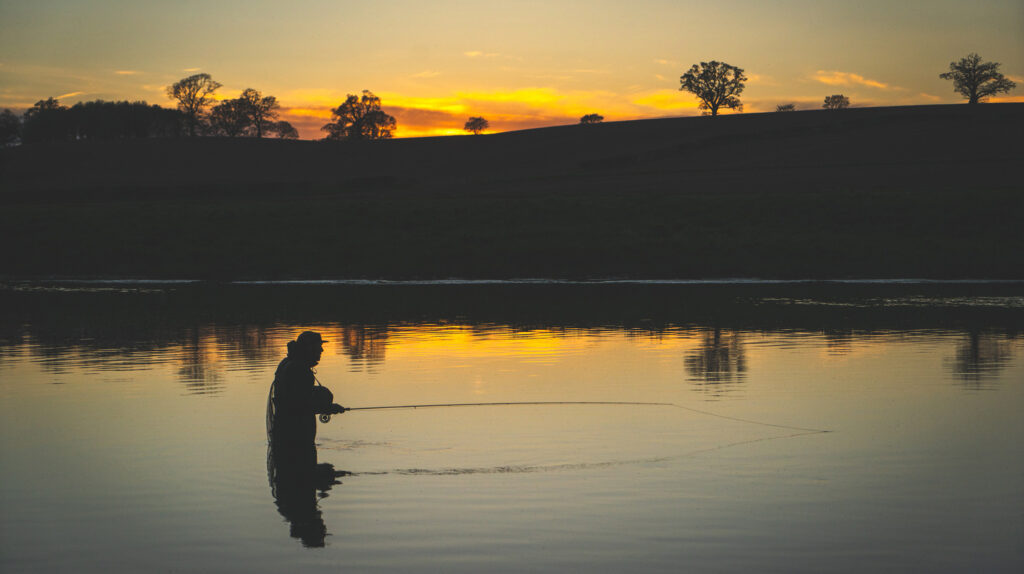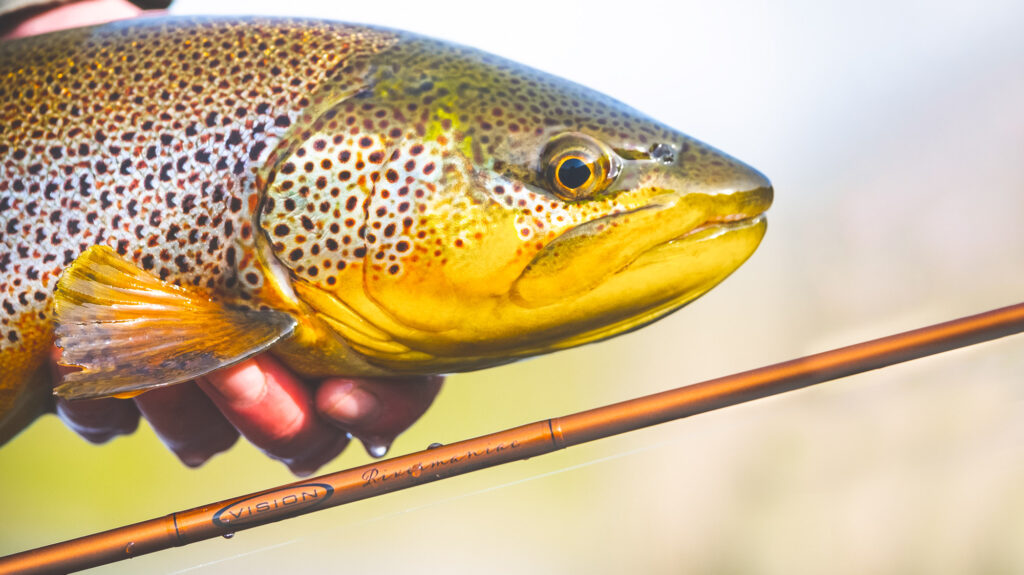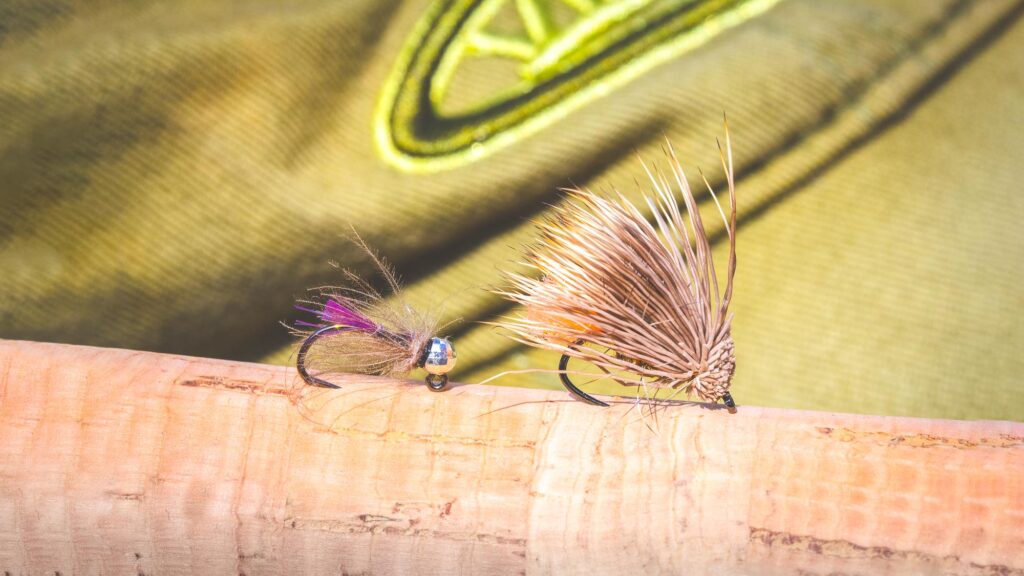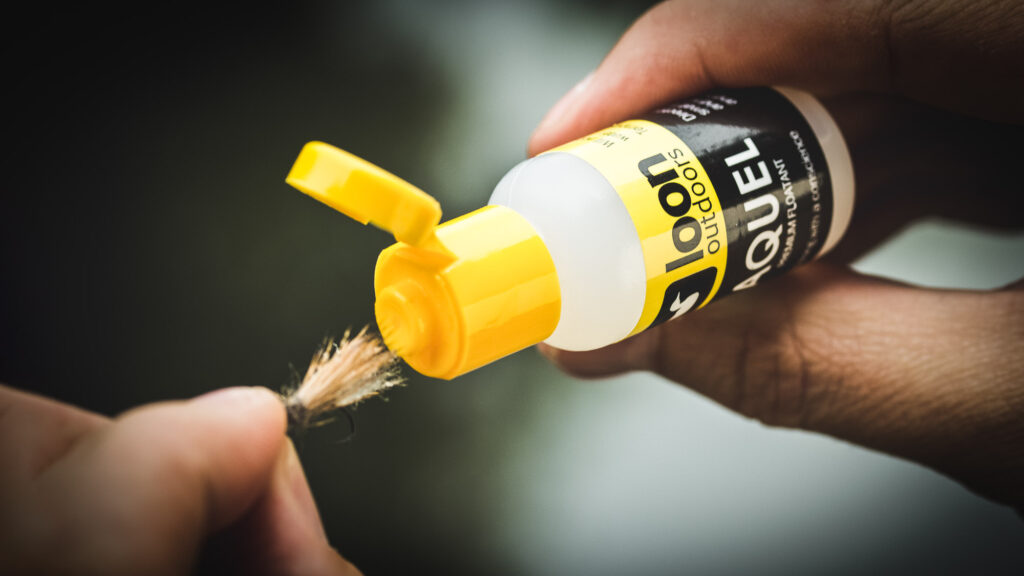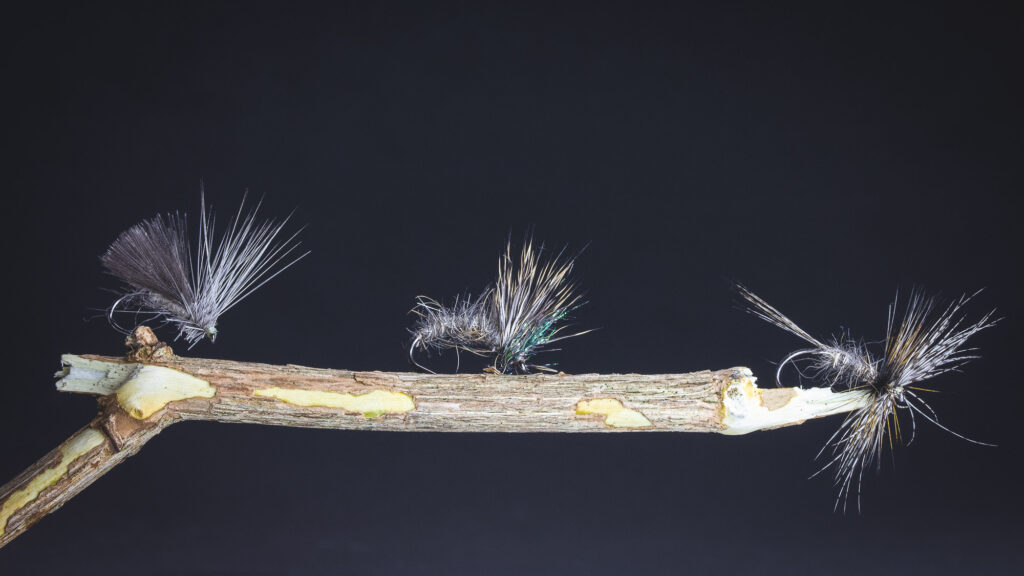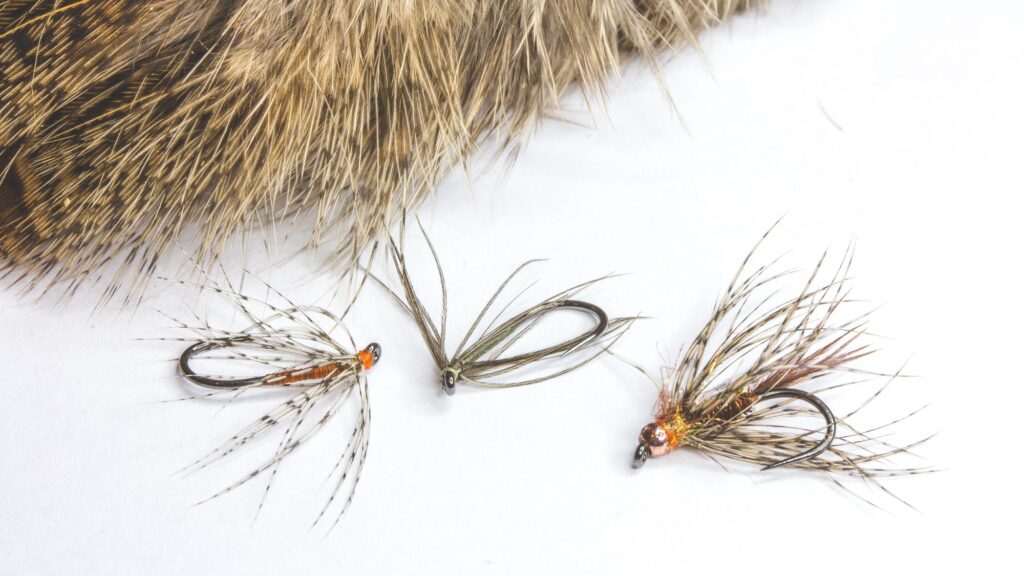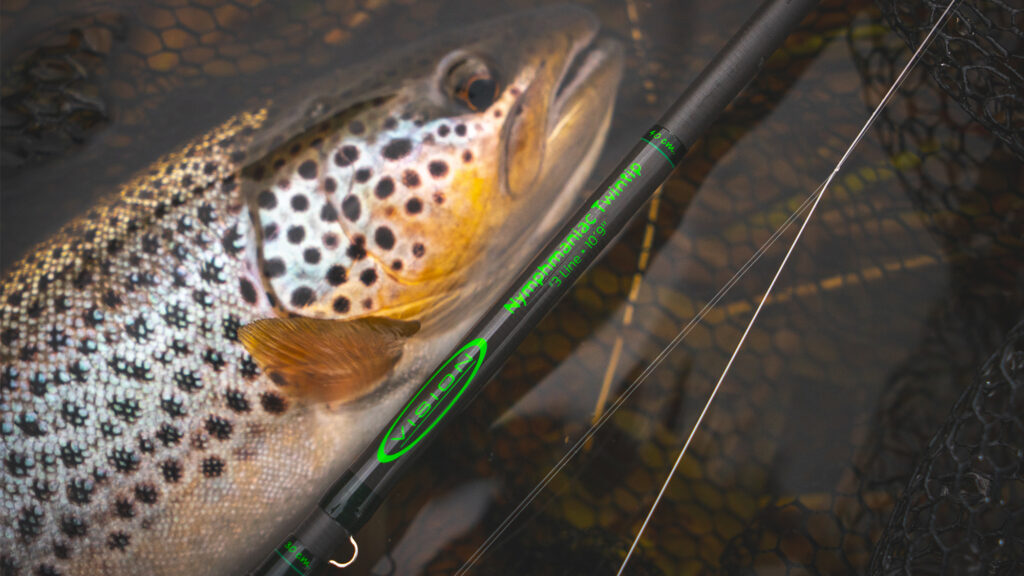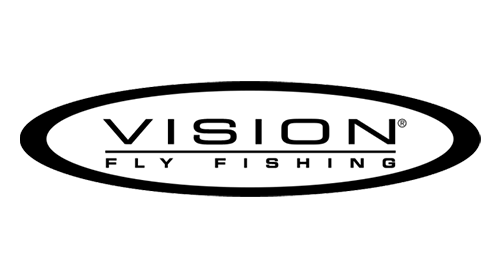Anything You Can Do Before Leaving Will Pay Dividends During Your Trip. Fail To Prepare, Prepare To Fail!
You have booked a trip of a lifetime to fish for the leviathan sea trout to be found in Argentina. If this is the case, then there is A LOT you can do pre-departure to maximise your enjoyment of the trip and your catch rate. Of course, plenty is left to chance; conditions, for example, are a roll of the dice. However, many things are within your control, and those factors should be researched and executed to the best of your ability.
I started travelling to the sea trout rivers of Argentina over twenty years ago. Since then, I have fished around a dozen different rivers on Tierra del Fuego alone and gained a lot of insight – simply put, I learn from my mistakes! I now arrange fly fishing holidays for anglers worldwide through my company www.fishtravel.co.uk, but South America, and Argentina in particular, is my area of expertise. Two massive elements of what I do daily are 1. Managing expectations, and 2. Advising on the best kit to take.
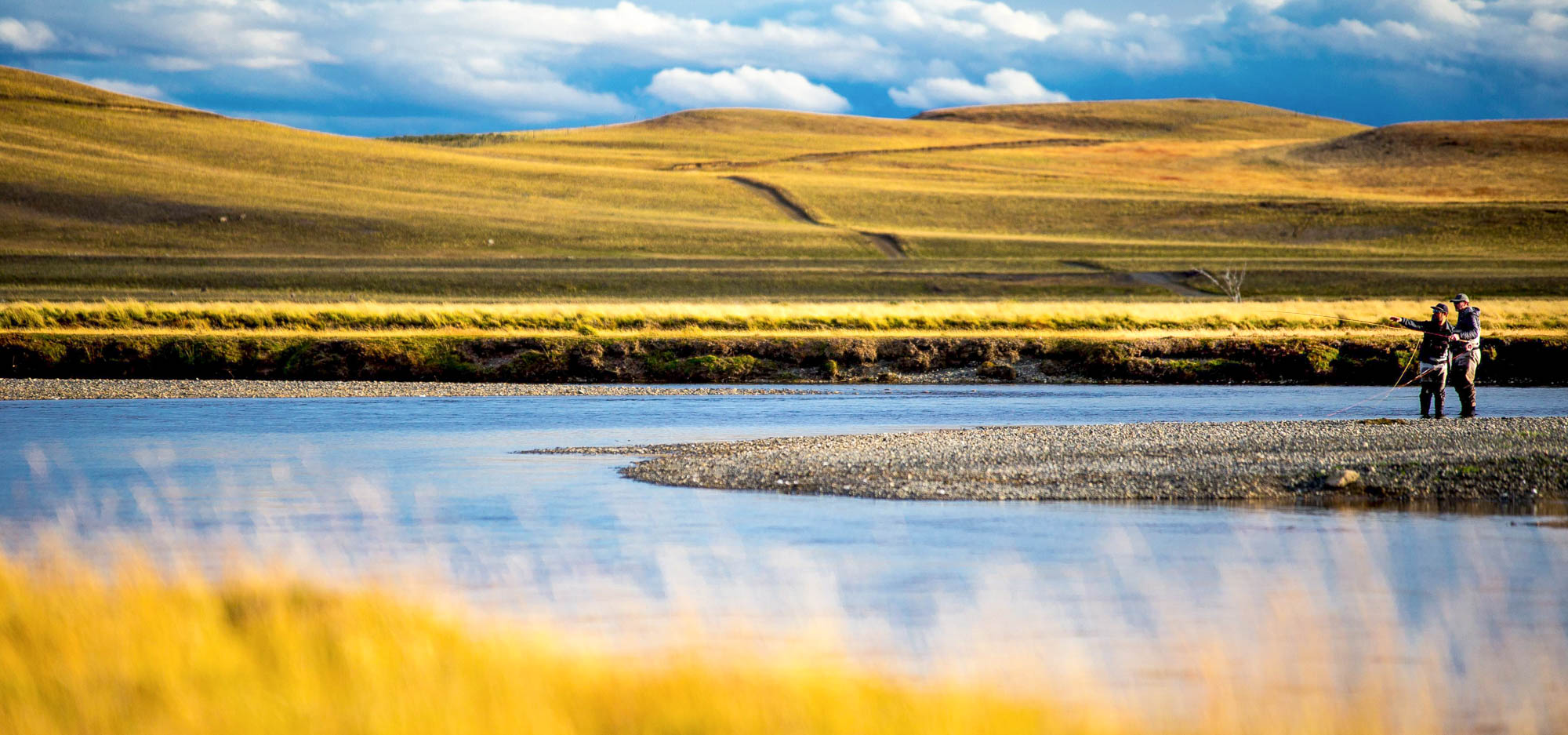
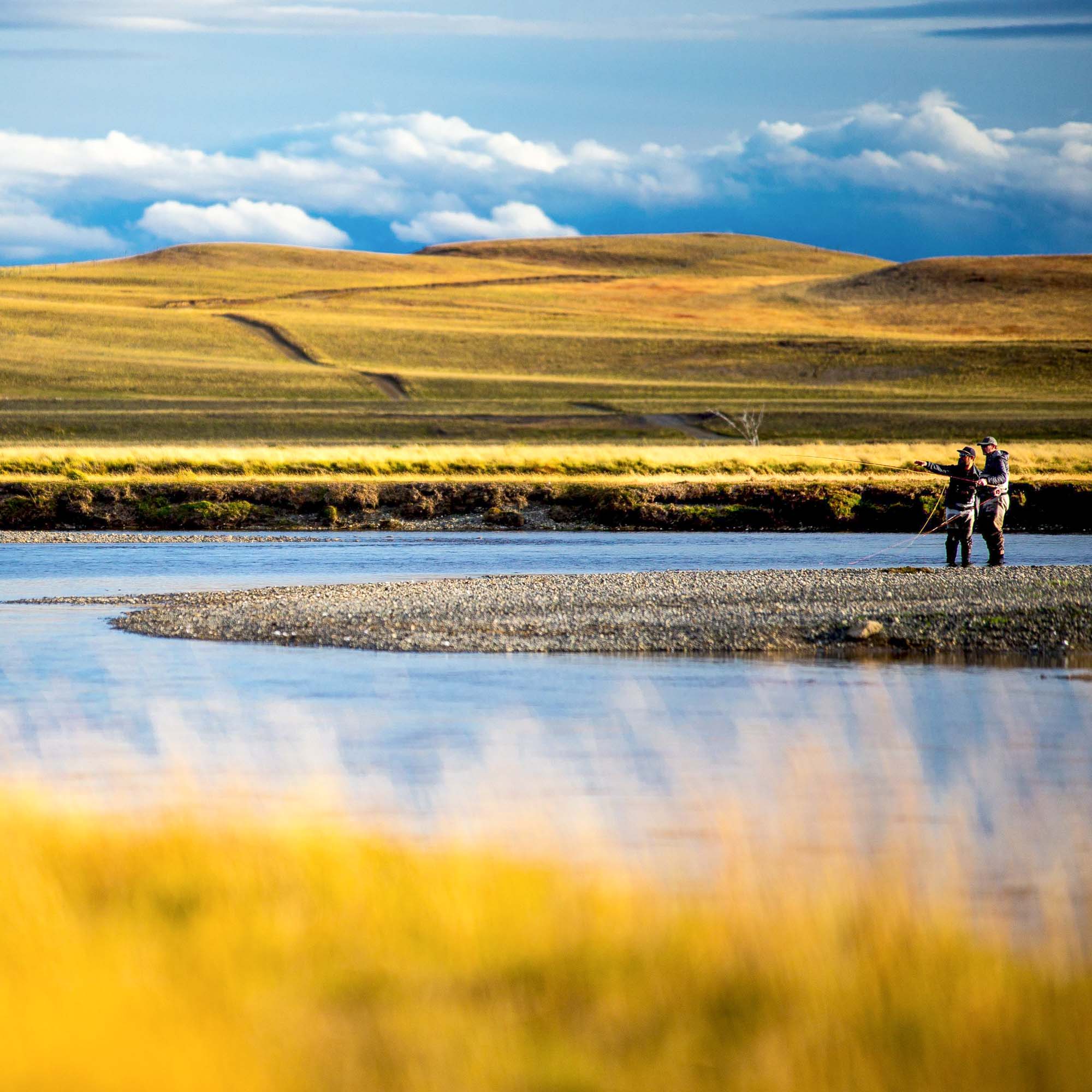
1 – Managing Expectations
Don’t get drawn in by specific lodge marketing or marketing that just talks about and shows images of fish that are 20 lbs+. There are good weeks, and there are bad weeks. There are good anglers and, well, there are average anglers. Take your own ability into account, and on this front, it is imperative to get some lessons before undertaking a trip of a lifetime, no matter where the destination is. Anything you can do before leaving will pay dividends during your trip. For example, don’t rely on learning to cast a double hander at the lodge. Fail to prepare, prepare to fail…
On the majority of rivers, I would set yourself with a goal of a 12-16lbs sea trout. Rarely will you be left disappointed with that goal. Let that sink in – that is a massive sea trout in anyone’s book! Don’t expect a 20lbs+ fish. Sure, you may get one, but that’s a numbers game, and you won’t do anything different to catch a 15lb fish vs a 20lb fish – it’s luck! There are just fewer of them, so you’re more likely to catch a 15lb fish.
In terms of numbers, conditions and time of year play a significant role. Set your sights on landing two fish per day, which would be realistic for the Rio Grande, less on rivers such as the Gallegos and Irigoyen.
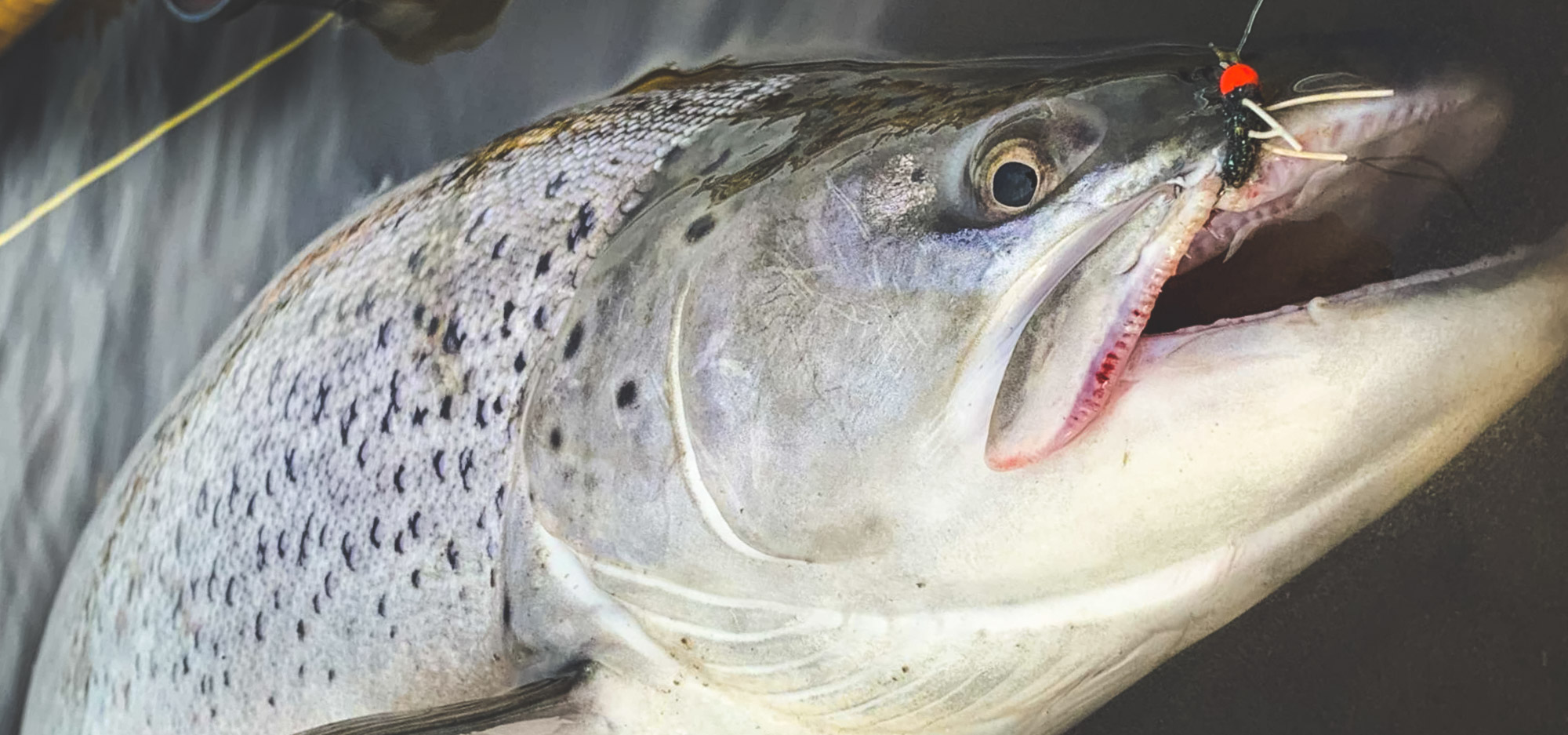
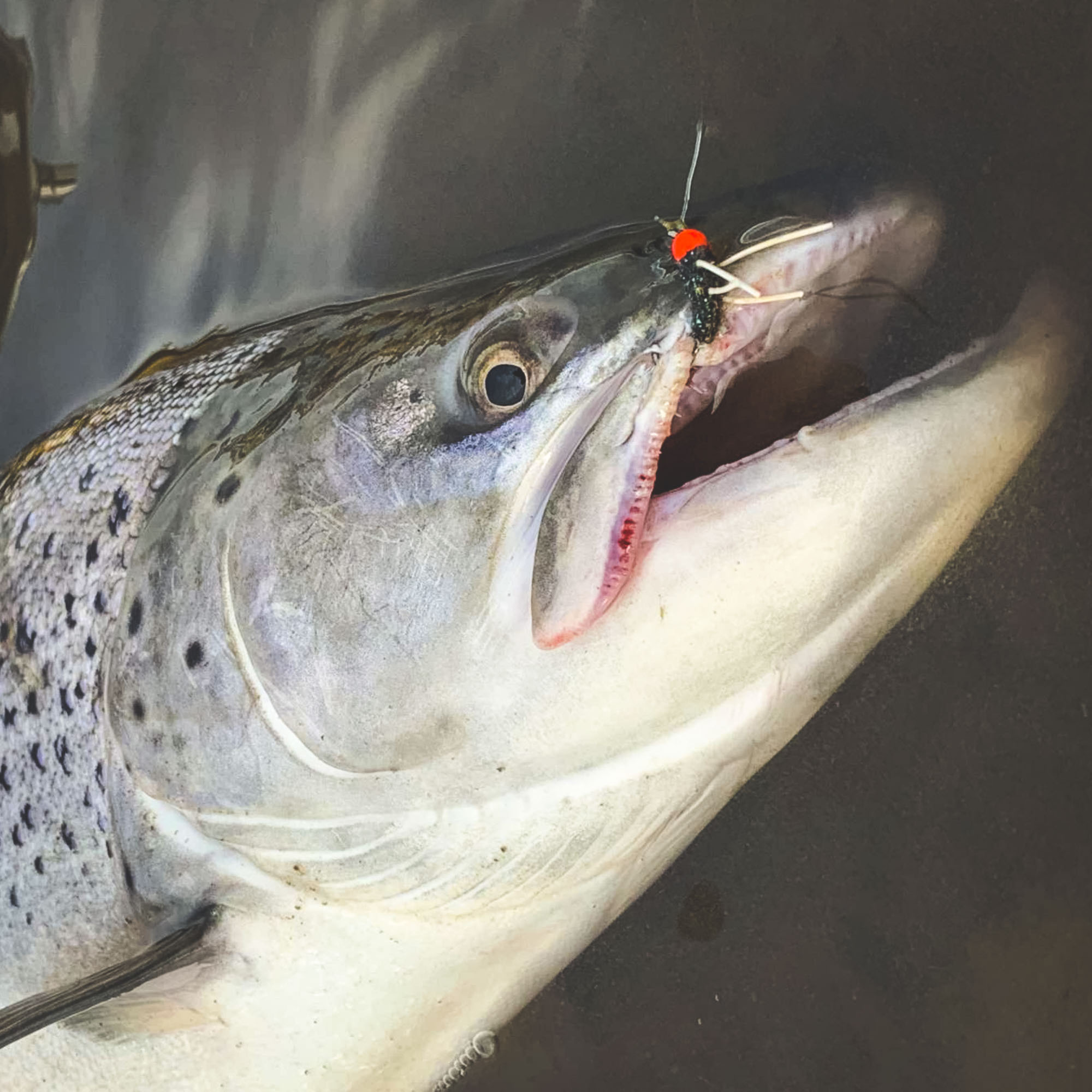
2 – Equipment
Rods will vary significantly according to the river, lodge, and time of year. If you have booked with a knowledgeable person, they should be able to advise you on the correct rod for your trip based on their experience. In general, if I am heading to fish the likes of the Rio Grande in the prime of the season, then there will be two rods that I would never be without; an 11ft (or so) switch rod rated for a #7 or 8 line and then a 13ft (or so) double hander, ideally rated for a #8. Again, there are exceptions, dictated primarily by the time of year. However, these two rods cover most eventualities. If you have room, a single-handed 10ft for a #7 or 8 is also helpful, especially on calm days or if the river is very low.
The single-hander and switch rod should fit into your main luggage if they’re four-piece or more. I recommend carrying your rods within your main luggage whenever possible rather than having the hassle of carrying a separate rod tube. The double-hander should, too, as long as you opt for a travel version, which will be six-piece. Here are three personal favourites:
SAGE SONIC – 13’6″ #7 – 6 Piece Travel
Your reel should balance your outfit well and have a smooth drag – this is imperative and takes precedence over a bus-stopping drag system. A jumpy drag can lose a fish or snap your leader as the fish does a run. If you’re in the market for a new reel, look at the SAGE SPEY or SAGE TROUT reels, which take some beating.
You need good, strong backing, but not miles of the stuff. 100 metres is more than enough; if you play the fish correctly, rarely should you even see your backing.
Multi-tip lines are the way to go. With minimum packing space, carrying one reel that can take multiple heads and tips makes life much easier. Take a Scandi-style line for the calmer days and then keep a Skagit handy, but only deploy it on the windiest days or if the water is high and you’re throwing heavy tips. Just take a floater for the single-hander, complimented with some polyleaders in salmon strength.
Carry a variety of different tips, from hover all the way through to T-20. But, don’t overlook this crucial point. The correct tip/fishing depth can be essential.
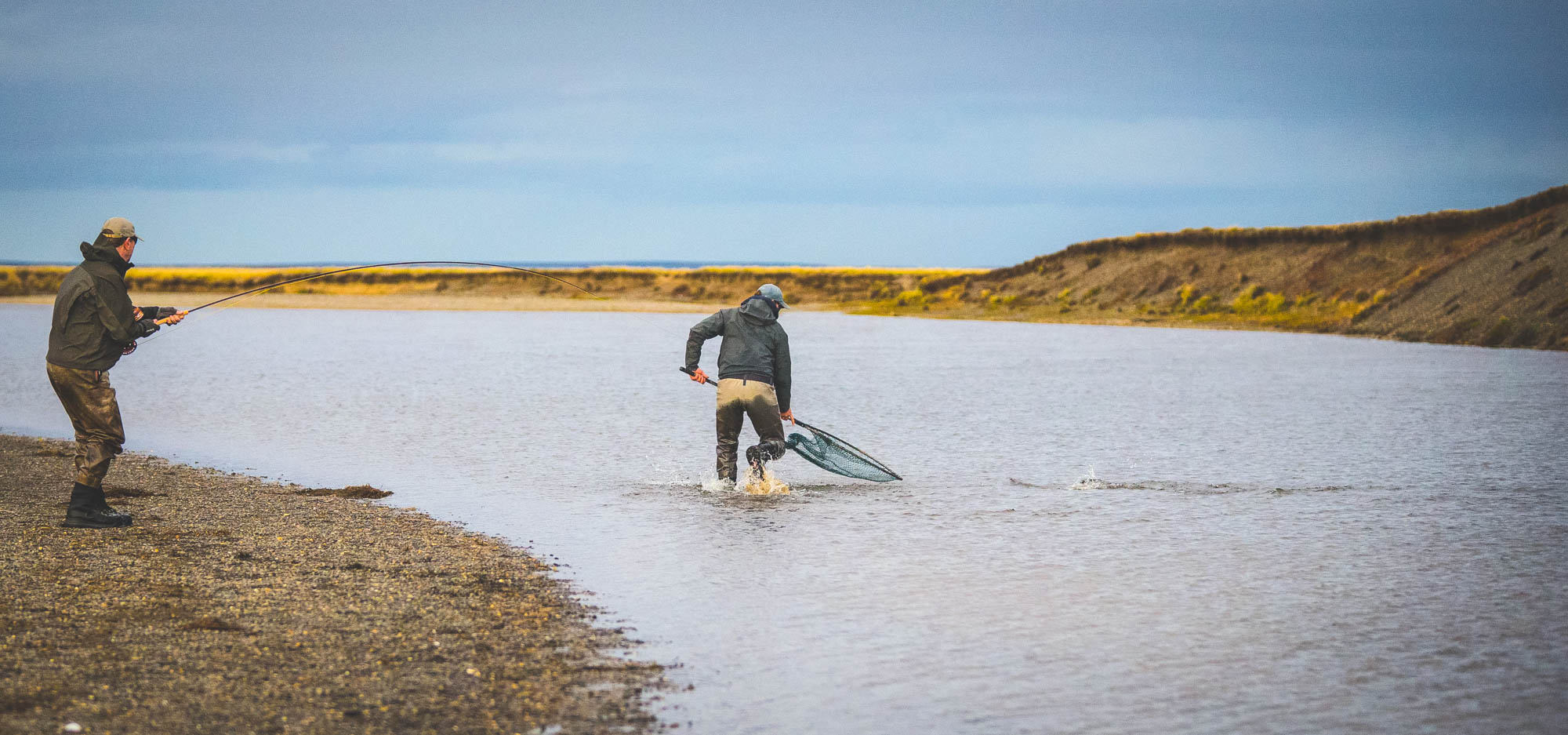
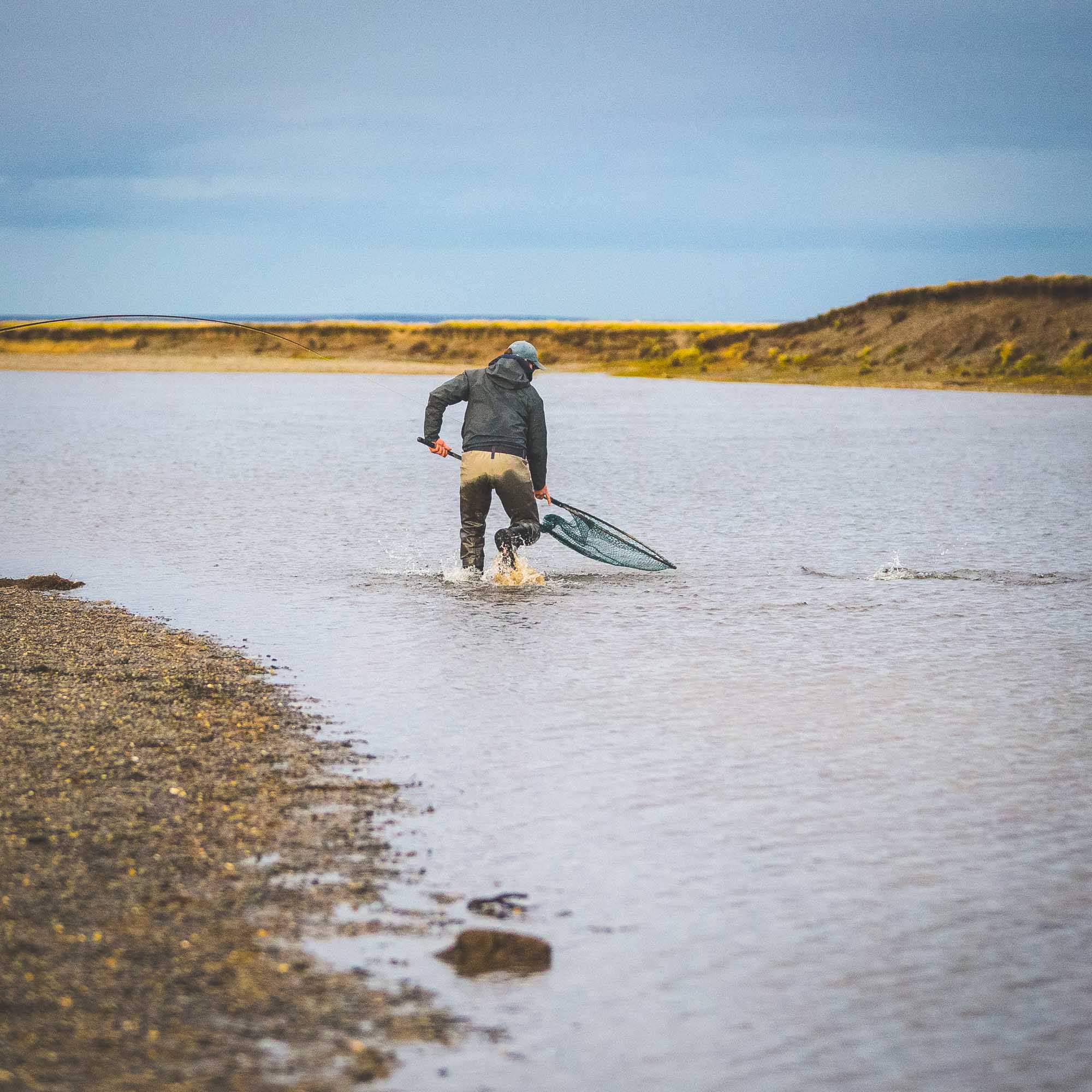
Down to the business end, where most fish are either landed or lost. You literally have a chance of landing a sea trout of over 30 lbs. Every season, a fish of this class is usually landed, and god knows how many are lost. Do not let what gets between you landing and losing such a fish be fishing too light. Unless it’s incredibly calm, clear and low, you have no business fishing anything lighter than 15 lbs leader material. You can fish fluorocarbon if you like, but, as a rule, it isn’t needed. Just stick to some bog standard, reliable mono. Carry a spool of 15 lb and 20lb and then perhaps a spool of 12 lb fluorocarbon for those aforementioned still days, and you will be pretty much covered. Don’t bother tapering. Just fish is straight through; the fewer complications, the better.
Flies are worthy of an article on their own, so they are best left for another day. However, it is essential not to get distracted at this juncture. Ensure you have covered all the aspects mentioned above in detail before worrying about what to tie on the end.
Not sure which lodge to choose? Thinking about a trip? Contact Steffan at in**@fi********.uk or visit www.fishtravel.co.uk
 (£)
(£)
 (NOK)
(NOK)  (DKK)
(DKK)  (SEK)
(SEK)  (€)
(€) 
